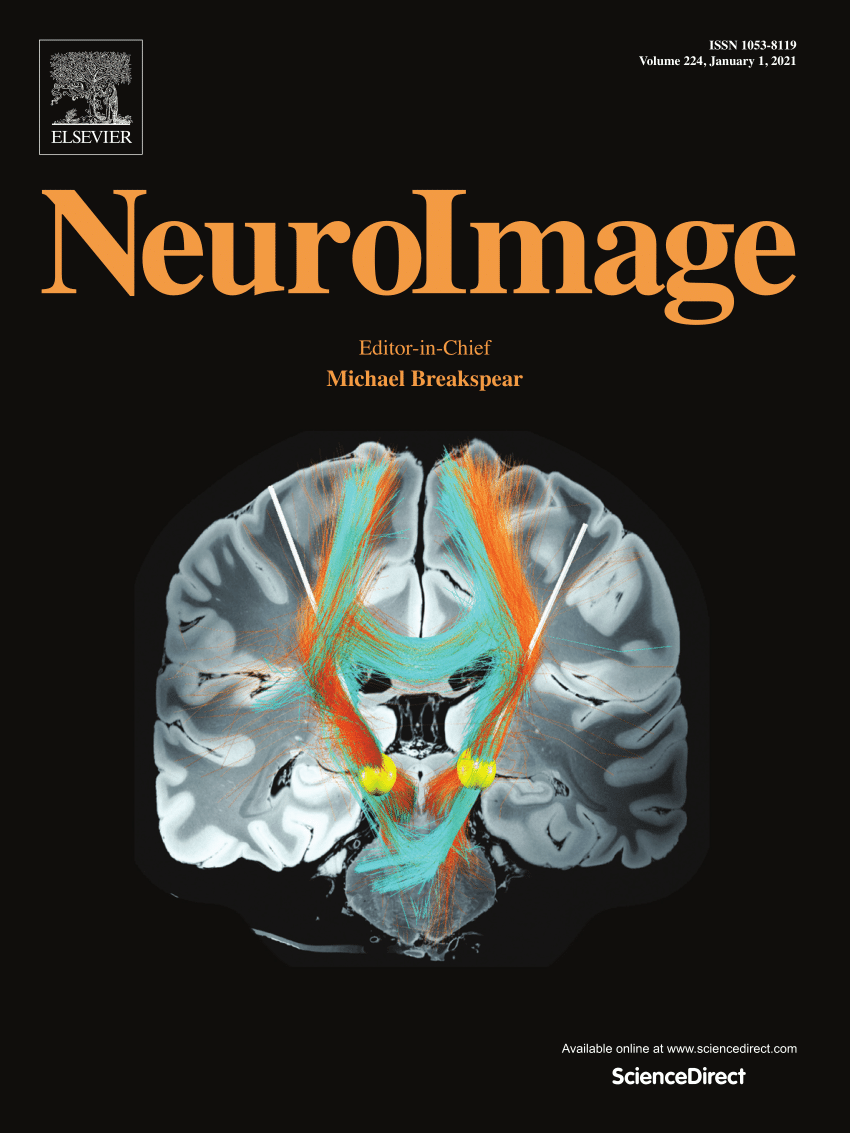Development of a multichannel hand-adaptive tactile stimulation device for somatotopic map of human hand in somatosensory cortex with fMRI
IF 4.7
2区 医学
Q1 NEUROIMAGING
引用次数: 0
Abstract
The 7T functional magnetic resonance imaging (fMRI) can provide a detailed somatotopic map. However, due to the constraints of MR-compatible applications, current tactile stimulation devices for the human hand are insufficient for precise somatotopic mapping experiments. In this study, we developed a novel 23-channel, hand-adaptive tactile stimulation device with high temporal and spatial resolution. The device consisted of an execution module and a control module. The device's output performance was measured using a laser displacement sensor. We investigated the somatotopic map of the non-dominant hand in the primary somatosensory cortex (S1) using the Bayesian population receptive field (pRF) model. The activation patterns, relative volumes, and activation center locations on S1 were assessed in somatotopic mapping experiments involving traveling wave stimulus paradigms with three stimulus orders (forward, backward, and random) in two dimensions (between-digit and within-digit). The percussive stimulation provided by the tactile stimulation device exhibited a stable displacement (2.58 mm) and a minimal output delay (4.45 milliseconds) across a wide range of vibration frequencies (0–30 Hz). The representation of digits and the palm in the between-digit dimension showed consistent somatotopic organization (D1-D2-D3-D4-D5-palm along the postcentral gyrus (poCG) from ventral to dorsal) across all three stimulation orders. Additionally, the relative volume of D1 in the random paradigm was significantly larger than in the forward and backward paradigms. The relative volume of the palm in the random paradigm was significantly larger than in the backward paradigm. The representation of the phalanges and palm in the within-digit dimension exhibited different activation patterns across different stimulation orders. These results provide new insights into the neural mechanisms in S1 and validate that the developed stimulation device can contribute to exploring the somatotopic map of the human hand.
求助全文
约1分钟内获得全文
求助全文
来源期刊

NeuroImage
医学-核医学
CiteScore
11.30
自引率
10.50%
发文量
809
审稿时长
63 days
期刊介绍:
NeuroImage, a Journal of Brain Function provides a vehicle for communicating important advances in acquiring, analyzing, and modelling neuroimaging data and in applying these techniques to the study of structure-function and brain-behavior relationships. Though the emphasis is on the macroscopic level of human brain organization, meso-and microscopic neuroimaging across all species will be considered if informative for understanding the aforementioned relationships.
 求助内容:
求助内容: 应助结果提醒方式:
应助结果提醒方式:


